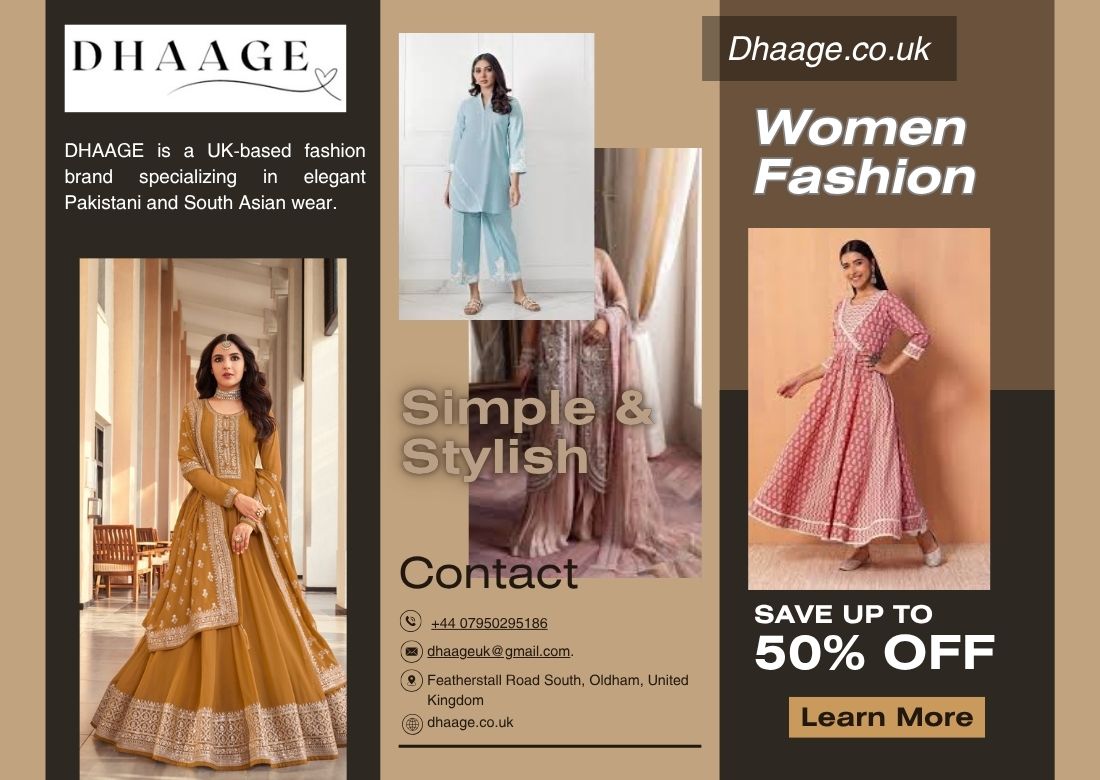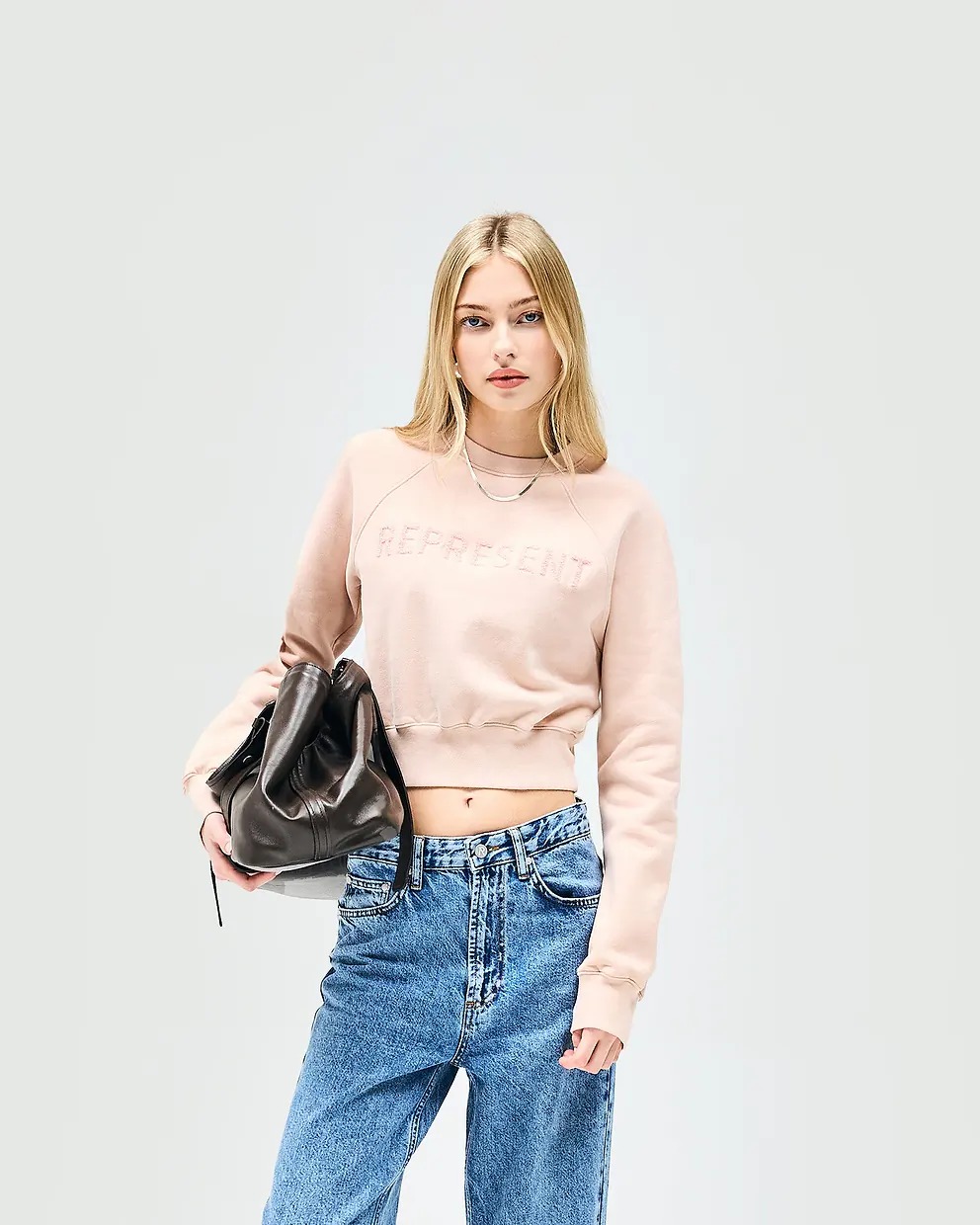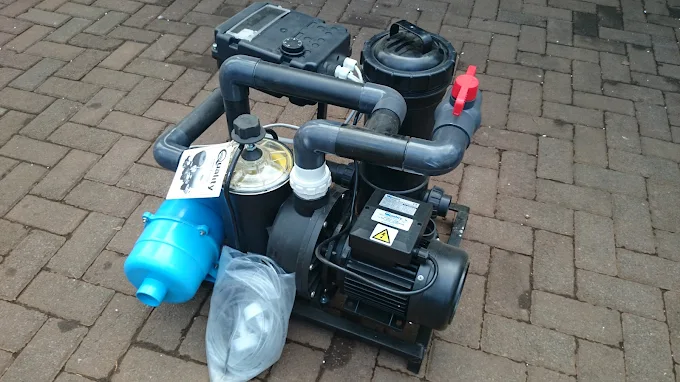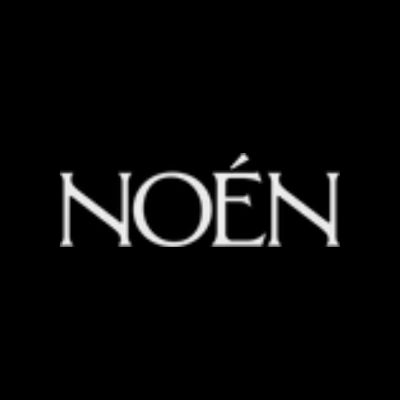
Lingerie is one of fashion’s most personal categories—an intimate expression of style, comfort, and identity. But for every silky bralette or lace thong that ends up in someone’s wardrobe, there’s a journey that begins with a sketch. From concept to finished product, the role of expert lingerie manufacturers is vital in transforming vision into reality.
In this article, we take you behind the seams of lingerie production, exploring how ideas evolve into tangible, wearable works of art. Whether it’s a boutique label or a global brand, each step in the process demands attention to detail, technical expertise, and seamless collaboration between designers and manufacturers. And when it comes to excellence in execution, names like Argus Apparel stand out for their ability to blend innovation with craftsmanship—especially in the growing demand for best custom panties and personalized lingerie.
Step 1: Conceptualization – Where Ideas Begin
Everything starts with an idea—a mood board, a pencil sketch, or an inspiration from fabric or fashion trends. The designer envisions how the lingerie will look, who will wear it, and what it will feel like. This phase includes:
- Defining the collection’s purpose (e.g., everyday comfort, sensual elegance, performance-enhancing)
- Selecting silhouettes—bras, panties, bodysuits, shapewear, etc.
- Planning seasonal color palettes, fabric types, and trims
Once the vision is in place, technical details come next.
Step 2: Tech Packs – Blueprint for the Manufacturer
The next crucial step is creating a technical pack, or “tech pack.” This is the blueprint that lingerie manufacturers rely on to develop a garment. A tech pack includes:
- Flat sketches and design illustrations
- Precise measurements and sizing specs
- Fabric and trim selections
- Stitching and construction details
- Label and packaging requirements
Tech packs serve as a common language between the designer and the factory. Top-tier production houses like Argus Apparel offer in-house support for tech pack refinement, ensuring nothing is lost in translation from design to sample.
Step 3: Prototyping and Sampling – The First Physical Draft
Once the tech pack is approved, the manufacturer creates the first prototype. This is a critical phase where the design is brought to life for the first time.
- Fit testing is done to assess comfort, support, and silhouette accuracy
- Fabric performance is reviewed for stretch, feel, breathability, and durability
- Design adjustments are often made after this stage to correct issues or improve style
Leading lingerie manufacturers, like Argus Apparel, take great care in this phase. Their experienced production teams understand the complexities of intimate apparel—from how a bra strap should lie on the shoulder to how seamless custom panties should move with the body.
Step 4: Material Sourcing – Quality Starts Here
Lingerie relies on high-performance and skin-friendly fabrics. Stretch mesh, microfiber, lace, modal, bamboo, and satin are popular choices. The right manufacturer ensures:
- Ethical and sustainable sourcing of materials
- OEKO-TEX® or GOTS-certified fabrics, when requested
- Colorfastness, fabric consistency, and elasticity control
In the age of sustainable fashion, manufacturers like Argus Apparel are redefining sourcing by offering eco-friendly materials and low-waste cutting techniques. They also support brands seeking unique textiles for custom panties or premium capsule collections.
Step 5: Grading and Sizing – Ensuring a Perfect Fit for All
Once the prototype is finalized, the pattern is graded into a full size range. This is especially important for inclusive lingerie brands.
Grading involves careful measurement scaling to preserve the original fit across different sizes. A well-graded pattern ensures that:
- Plus-size and petite sizes maintain proportionality
- Garments fit consistently across the size spectrum
- Brands can serve more diverse customer bases
Modern lingerie manufacturers now often use 3D modeling and digital pattern software to optimize this process and reduce the number of physical samples required.
Step 6: Bulk Production – From Few to Many
Once the samples are approved and sizes are graded, it’s time for full-scale production. During this phase, the factory oversees:
- Cutting fabric with precision tools or laser cutters
- Stitching with specialty machines (flatlock, overlock, bar tack)
- Quality assurance at every stage of assembly
- Final pressing and finishing touches
Production facilities like Argus Apparel maintain strict quality control procedures, checking for consistent stitching, thread tension, and correct construction—especially important for intimate items like bras and custom panties, where comfort and appearance are paramount.
Step 7: Branding, Packaging, and Fulfillment
Manufacturers offering full-service production help with branding and finishing details such as:
- Woven labels and printed tags
- Sustainable or custom packaging
- Hanger loops, poly bags, or boutique boxing
- Barcoding and SKU tagging for retailers
Argus Apparel provides tailored packaging services to help emerging and established brands maintain a cohesive identity from product to shelf.
Step 8: Shipping and Distribution – Getting to Market
After production is complete, garments are packed, labeled, and prepped for shipping. Depending on the client’s needs, manufacturers may offer:
- Direct shipping to distribution centers
- Drop-shipping for e-commerce
- Freight forwarding and customs support
Reliable lingerie manufacturers understand that timing is everything—especially when it comes to new collection launches or seasonal inventory restocks. With strong logistics partnerships, Argus Apparel ensures clients receive their orders safely, efficiently, and on schedule.
Custom Panties: A Fast-Growing Niche in Lingerie Manufacturing
As personalization and body inclusivity grow in demand, custom panties have emerged as a booming product category. Consumers now expect more than “S, M, L” offerings—they want options that reflect their style, fit preferences, and values.
From monogrammed briefs to seamless styles designed for plus-size comfort, Argus Apparel has become a preferred manufacturing partner for brands that want to offer truly unique and well-crafted undergarments. Their ability to create custom panties with personalized design details, custom prints, or eco-friendly materials sets them apart in a competitive field.
The Argus Apparel Advantage
So, what makes Argus Apparel a trusted name among modern lingerie manufacturers?
- End-to-End Services – From sketch to shipping, they provide a one-stop solution
- Customization Specialists – Ideal for brands developing custom panties, bridal sets, or limited-edition designs
- Sustainability Focus – Prioritizing ethical labor, eco-conscious sourcing, and low-waste production
- Startup-Friendly – Offering low MOQs and guided development for new brands
- Global Experience – Serving international clients with a reputation for quality, professionalism, and innovation
Whether you’re a first-time founder or an expanding brand, partnering with Argus means you gain a production ally who understands your vision and helps you deliver it—beautifully and reliably.
Final Thoughts: It’s More Than Just Manufacturing
The journey from a hand-drawn sketch to a piece of lingerie on a retail shelf is a blend of science, creativity, and meticulous execution. Behind every bra and pair of custom panties lies the dedication of skilled artisans, designers, and technical experts.
As the lingerie market evolves to meet demands for personalization, inclusivity, and sustainability, the role of exceptional lingerie manufacturers becomes even more critical. Companies like Argus Apparel are at the forefront of this transformation—empowering brands to go from concept to collection with confidence, quality, and a deep respect for the art of lingerie.






